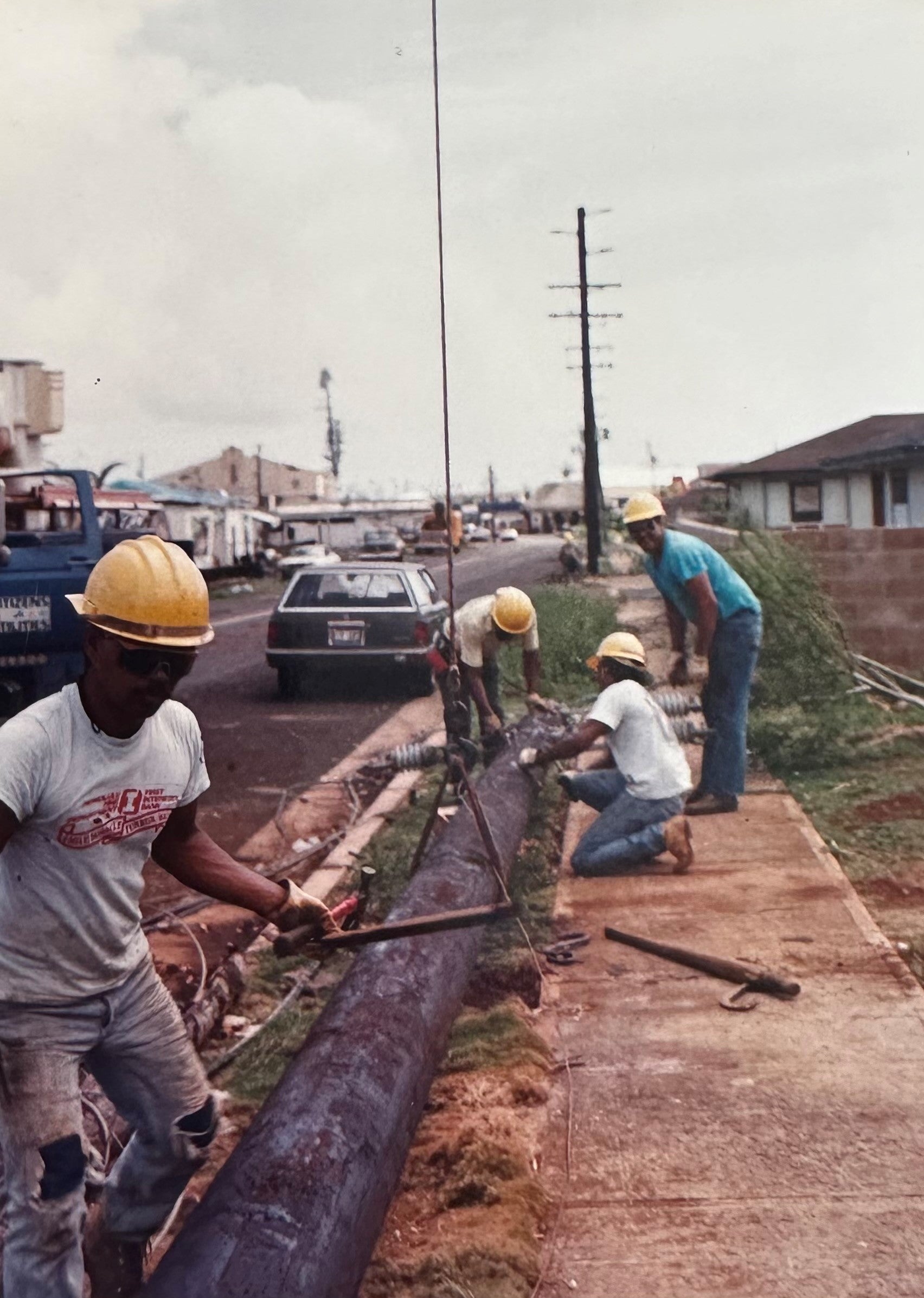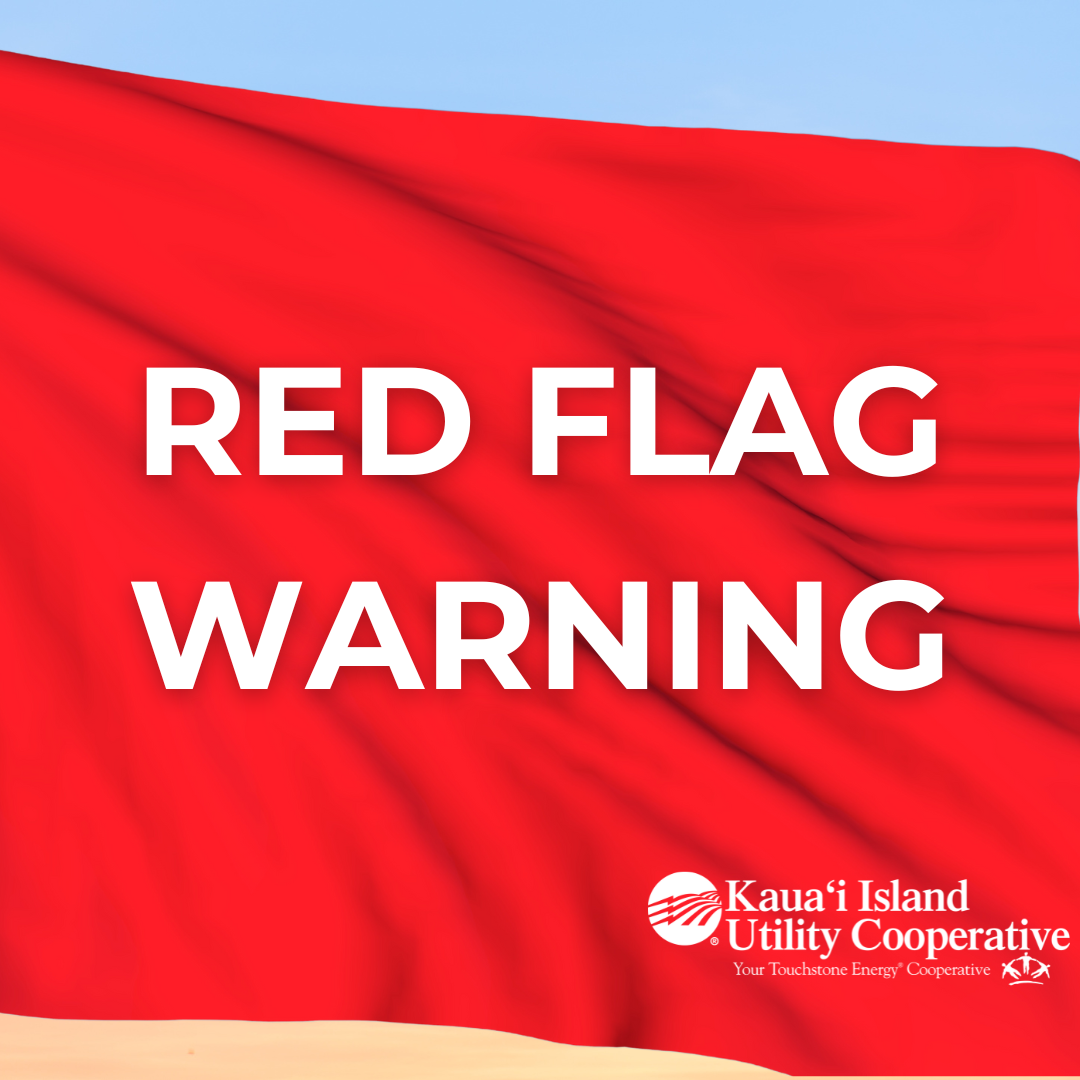Prepare Today, Thrive Tomorrow
By Beth Amaro
Dwight Akita remembers it like it was yesterday.
“I was only 23 when I was sent in the field to work with the line crews after Hurricane ʻIniki,” he says. “They taught me the importance of safety and being prepared. It’s something I carry with me every day.”
Thirty-two years after ʻIniki, Dwight still helps keep the lights on as a field services representative, along with the rest of KIUC’s 140 employees who share a strong commitment to being prepared for the worst.
“Emergency preparedness has expanded so far beyond the hazards we’ve historically experienced in Hawaiʻi, like hurricanes and tsunamis,” KIUC Chief of Operations Brad Rockwell says. “Utilities and others are now concentrating more on a so-called ‘all hazard’ approach to contingency planning.”
KIUC has broadened its emergency preparedness activities during the past two decades to include developing plans and conducting exercises for cyberattacks, terrorist attacks and active shooter incidents.
While KIUC’s crisis planning has always accounted for high wind and wildfire events, the tragic Maui wildfires of August 2023 resulted in a focused effort to prevent and mitigate the potential effects of wildfires.
Last September, KIUC secured a consultant to help draft a wildfire mitigation plan. While the plan still requires some stakeholder consultation and public input before finalization, KIUC has already moved ahead with some of the initiatives proposed in the plan.
Red-Flag Warning Protocols
Specific decisions and actions to be taken during RFW events were developed and implemented. These include whether localized circuits should be deenergized or set to not automatically reclose once they're opened; notification of members with special medical needs in areas impacted by an RFW; and close coordination with other emergency response entities.
Vegetation Management
Additional technologies and manpower have been dedicated to better identify and trim potentially hazardous vegetation in high-risk areas.
Situational Awareness
KIUC has deployed weather stations on its infrastructure in key locations for improved internal forecasting and risk assessment. We’ve also cooperated with state, federal and county partners to install sensors on KIUC assets for their use and monitoring.
KIUC is an active participant in the State Wildfire Risk Reduction Task Force, a collaboration led by Adjutant General Kenneth S. Hara, who heads the State of Hawaiʻi’s Department of Defense and Emergency Management Agency.
A focused preparedness mindset is essential to success for Brad, a retired Navy captain.
“Crisis readiness is a journey, not a destination,” he says. “We’ve got to keep planning and keep prepping in order to keep safe.”


